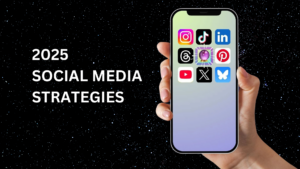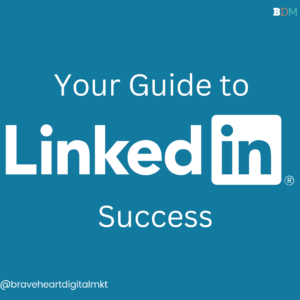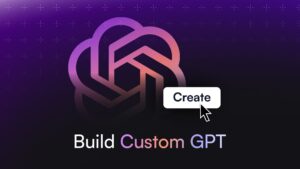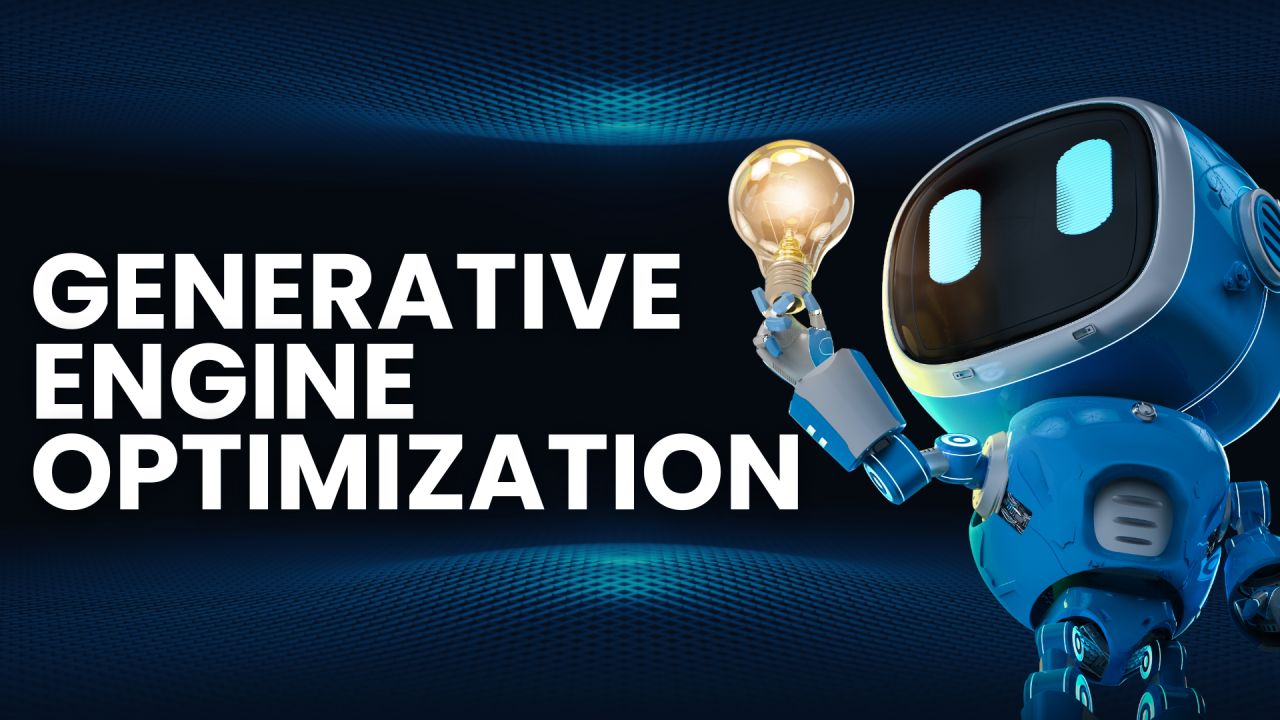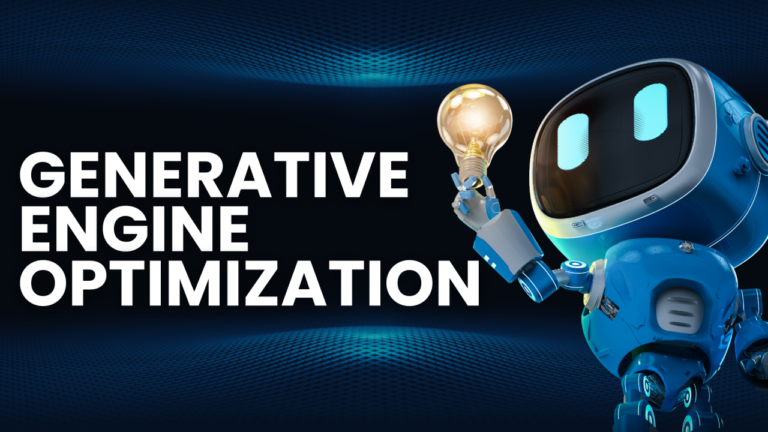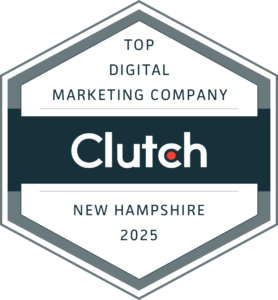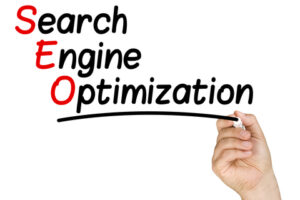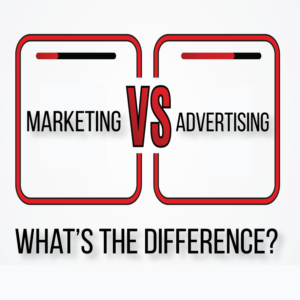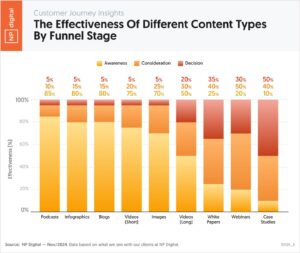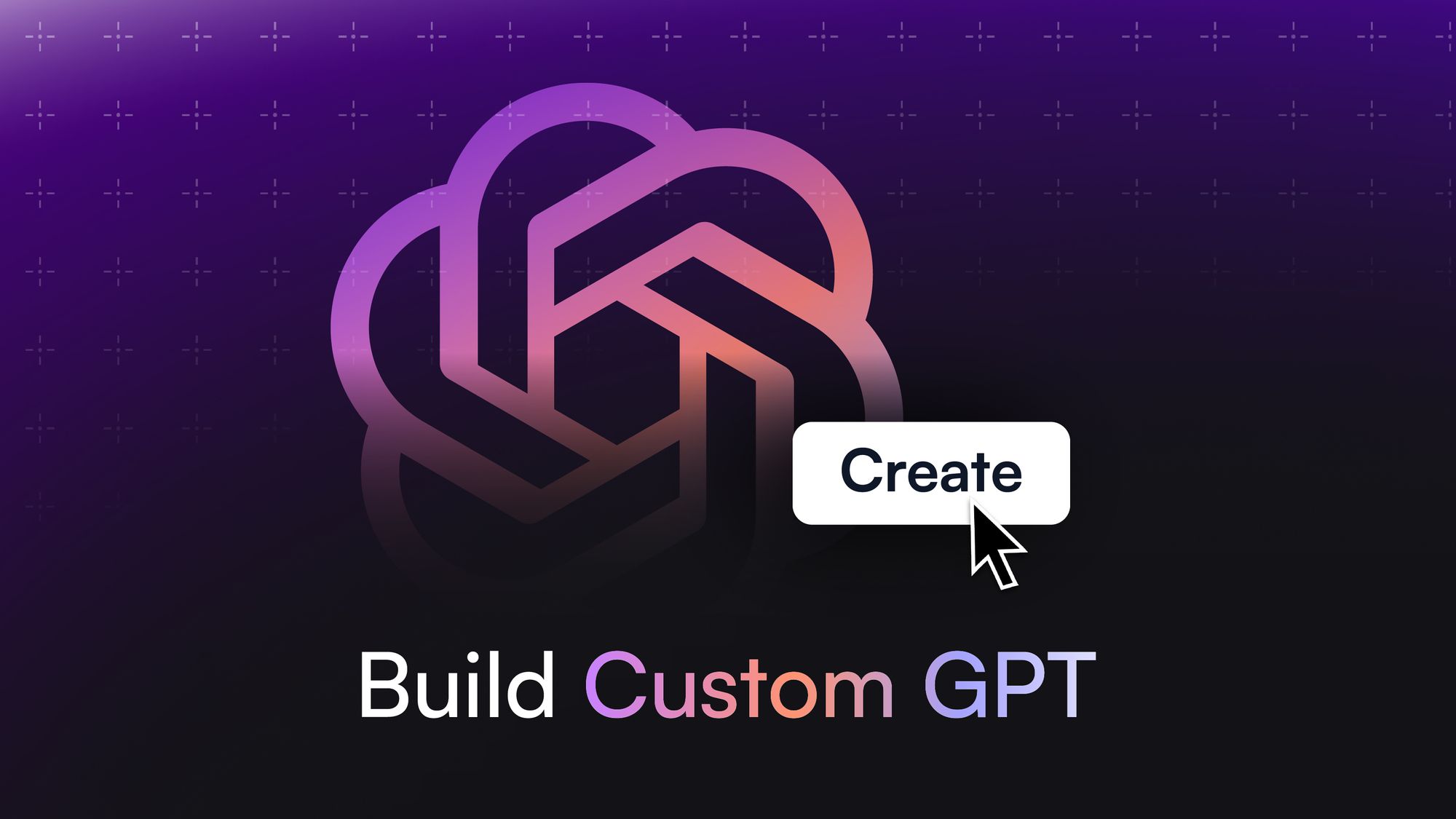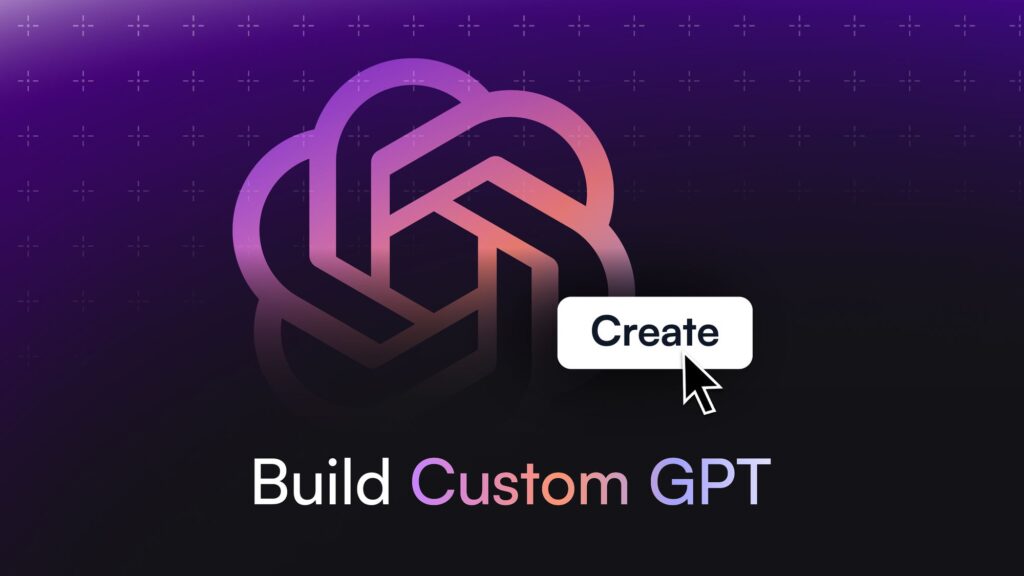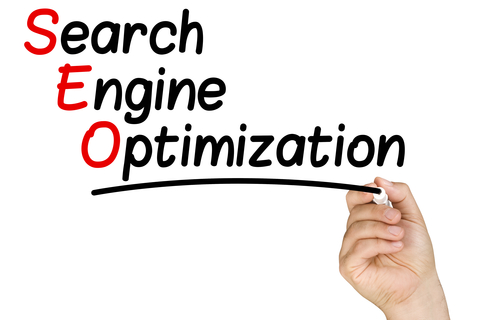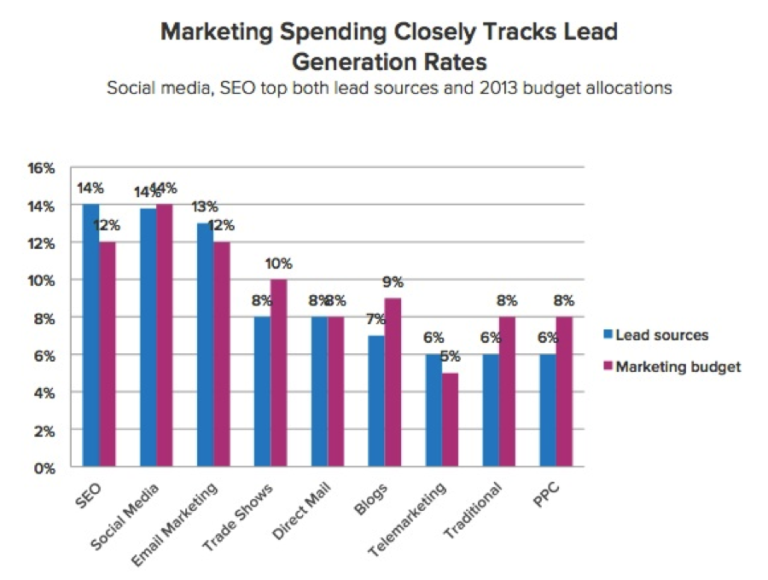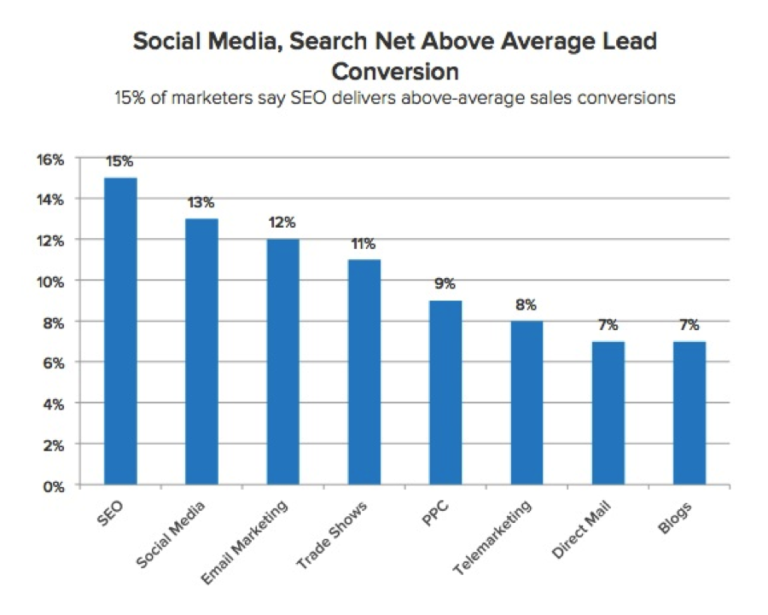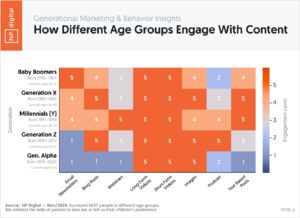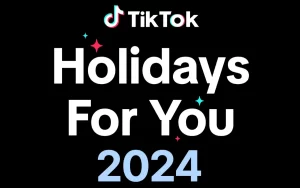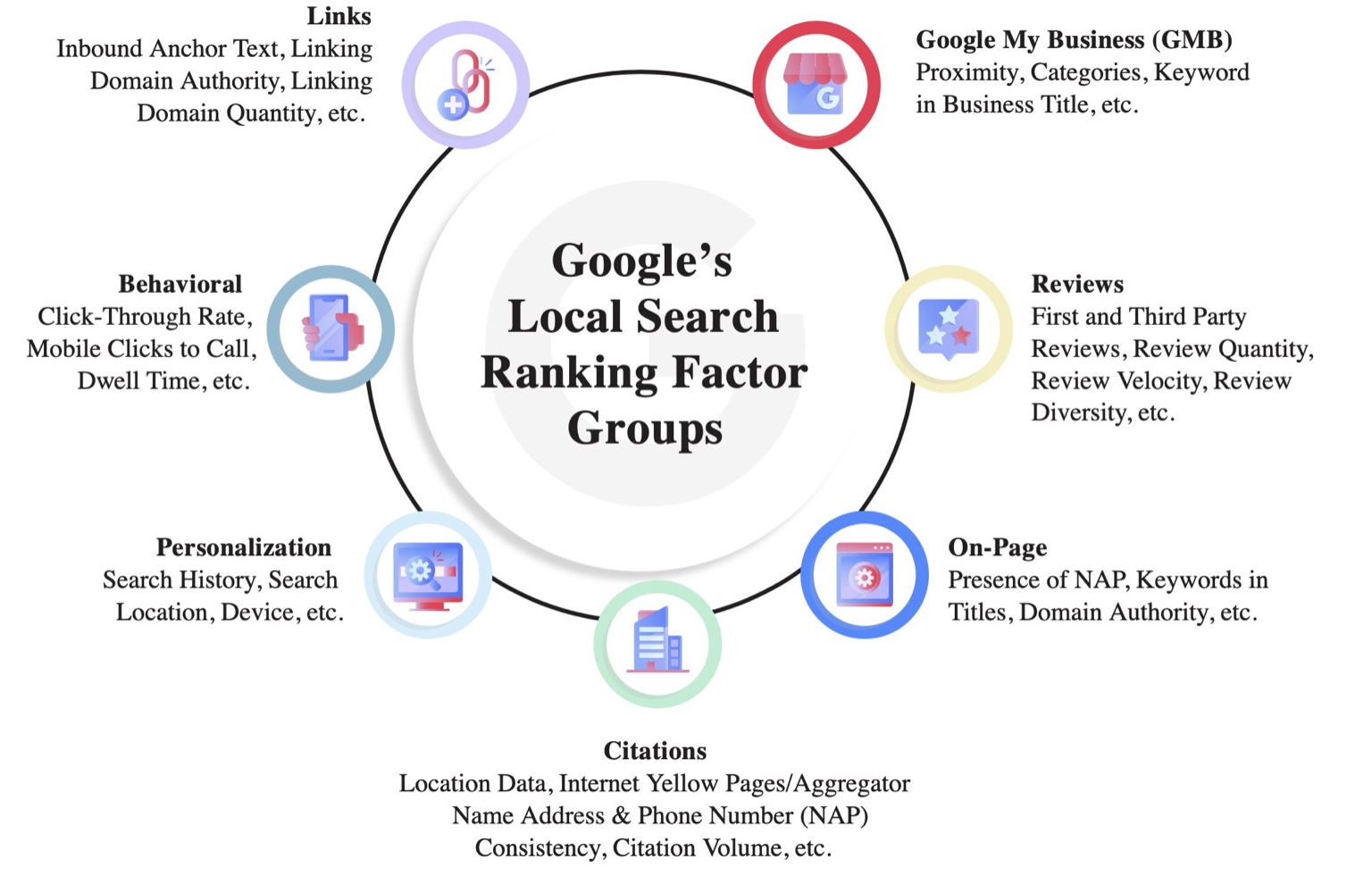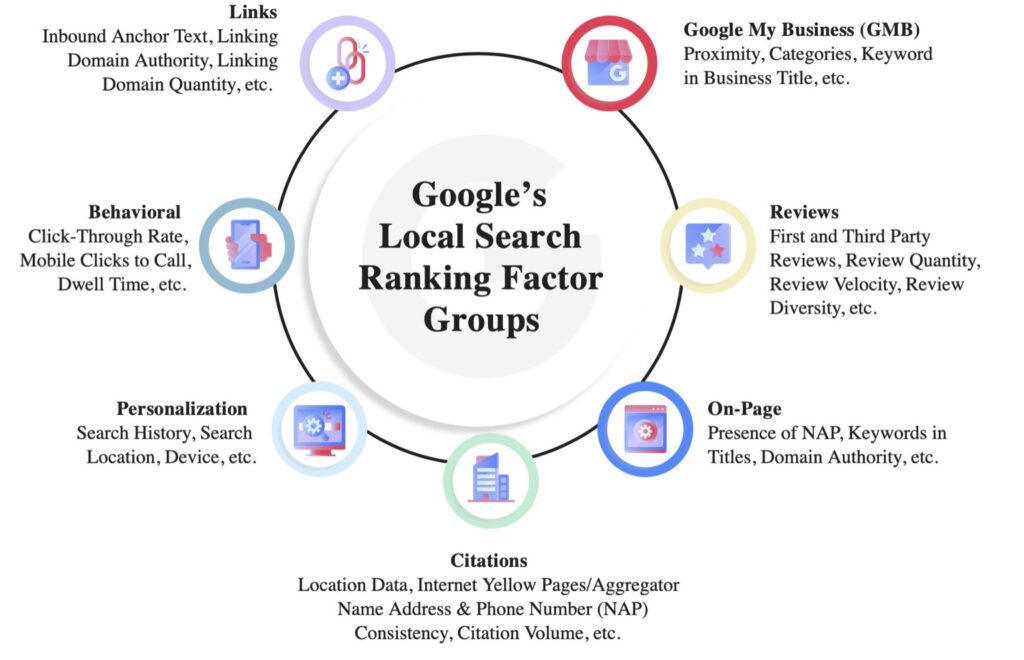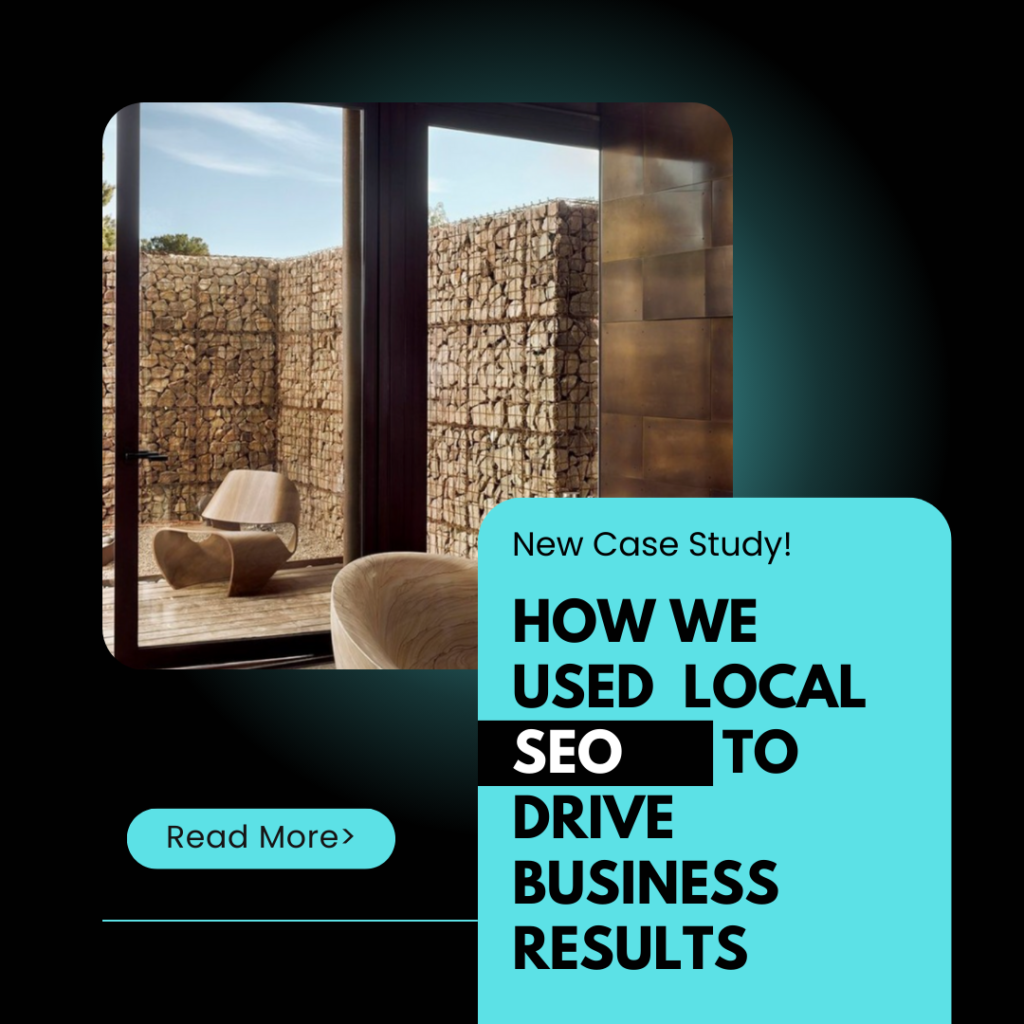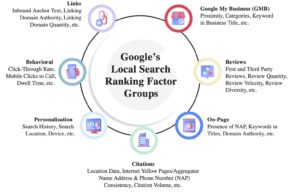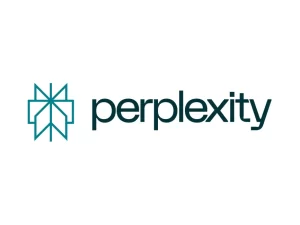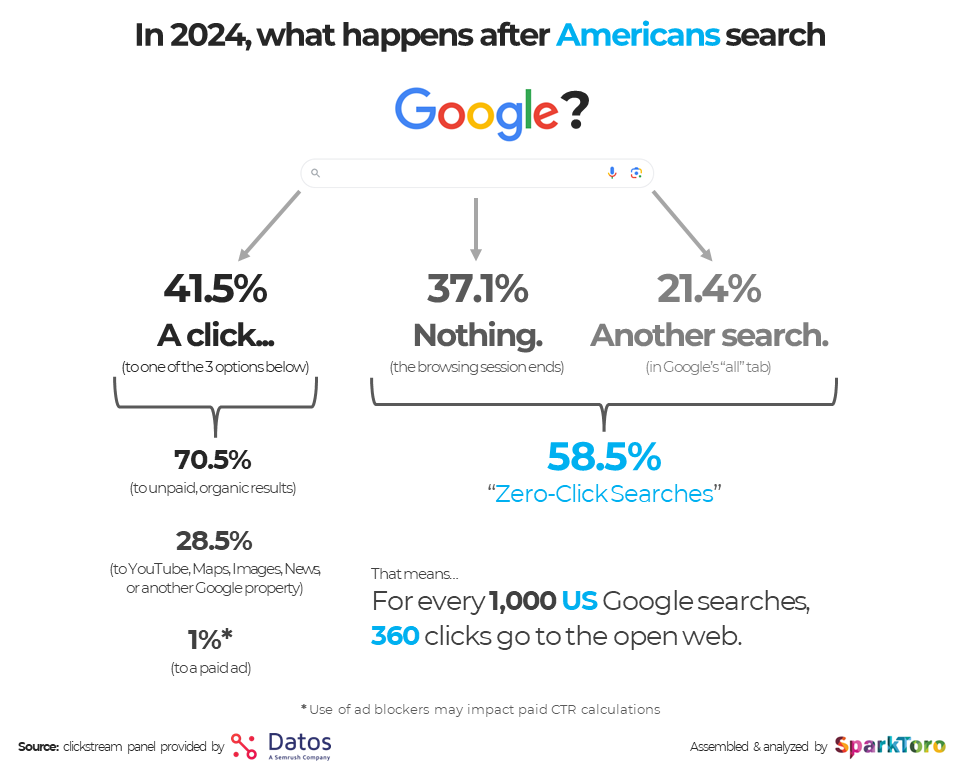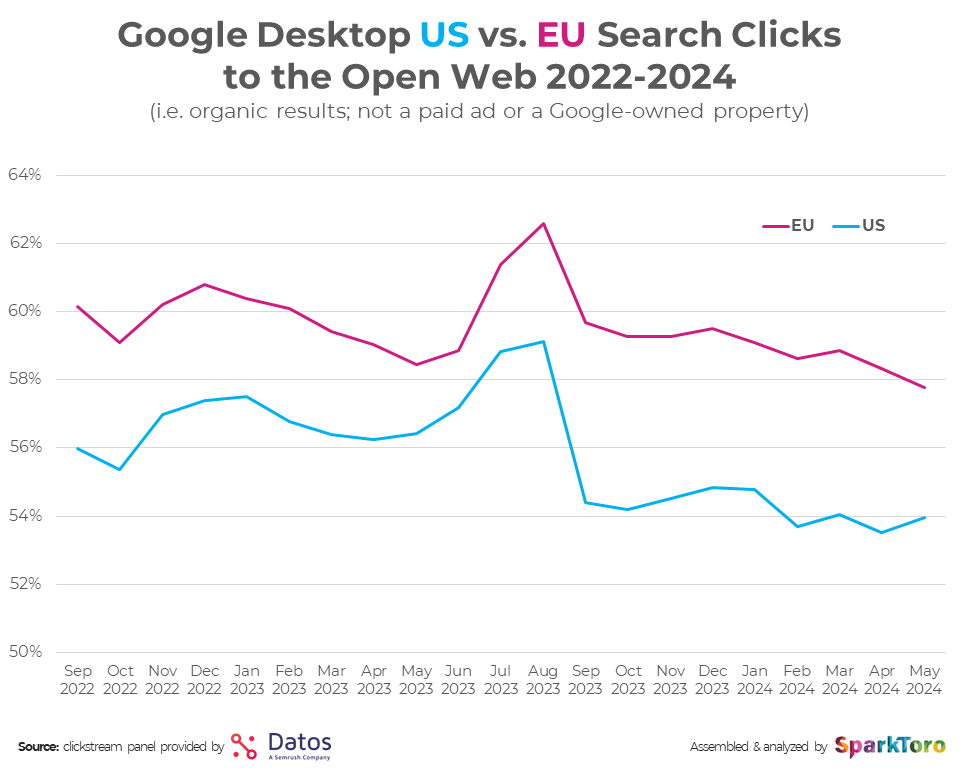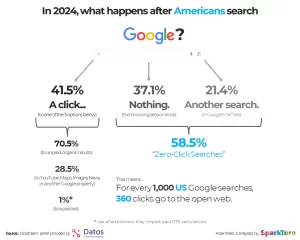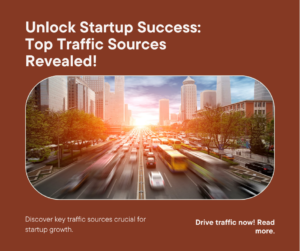Top B2B Lead Generation Channels in 2025 | Data-Backed Guide to Higher ROI
Organic Search (SEO)
SEO retains its position as the largest single driver of B2B revenue. Recent analysis shows that organic search contributes 44.6 percent of all B2B revenue, roughly double the share of the next-closest channel. Because so many buyers begin their research on Google, ranking for high-intent queries is still the surest way to capture demand that’s already in market.

Email Marketing
Social Media
Events and Webinars
Paid Search
What This Means for Your 2025 Plan
Recent Posts
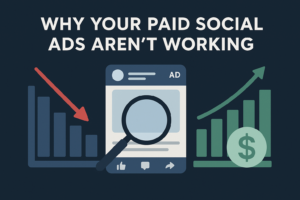
Paid Social Media ROAS
Why Your Paid Social Media Ads Aren’t Delivering ROAS—And How to Fix It You’ve invested in paid social media advertising. You’ve committed budget, time, and

B2B lead generation channels
Top B2B Lead Generation Channels in 2025 | Data-Backed Guide to Higher ROI Back in 2018 a single survey claimed that “Search beats every other

Search Visibility
How to Improve Search Visibility and Drive More Organic Traffic For many businesses, low search visibility is a persistent challenge that directly impacts their ability

Generative Engine Optimization (GEO)
Generative Engine Optimization (GEO): The Future of Search and How It Differs from SEO As digital marketing continues to evolve, search is undergoing a radical

Best Practices for Building a Brand Presence on YouTube
Updated Best Practices for Building a Brand Presence on YouTube (2025) YouTube continues to be a dominant platform for video content, offering businesses unparalleled opportunities

Best Practices for Building a Brand Presence on Instagram
Best Practices for Building a Brand Presence on Instagram (2025) Instagram continues to dominate as a platform for visual storytelling, brand development, and audience engagement.


